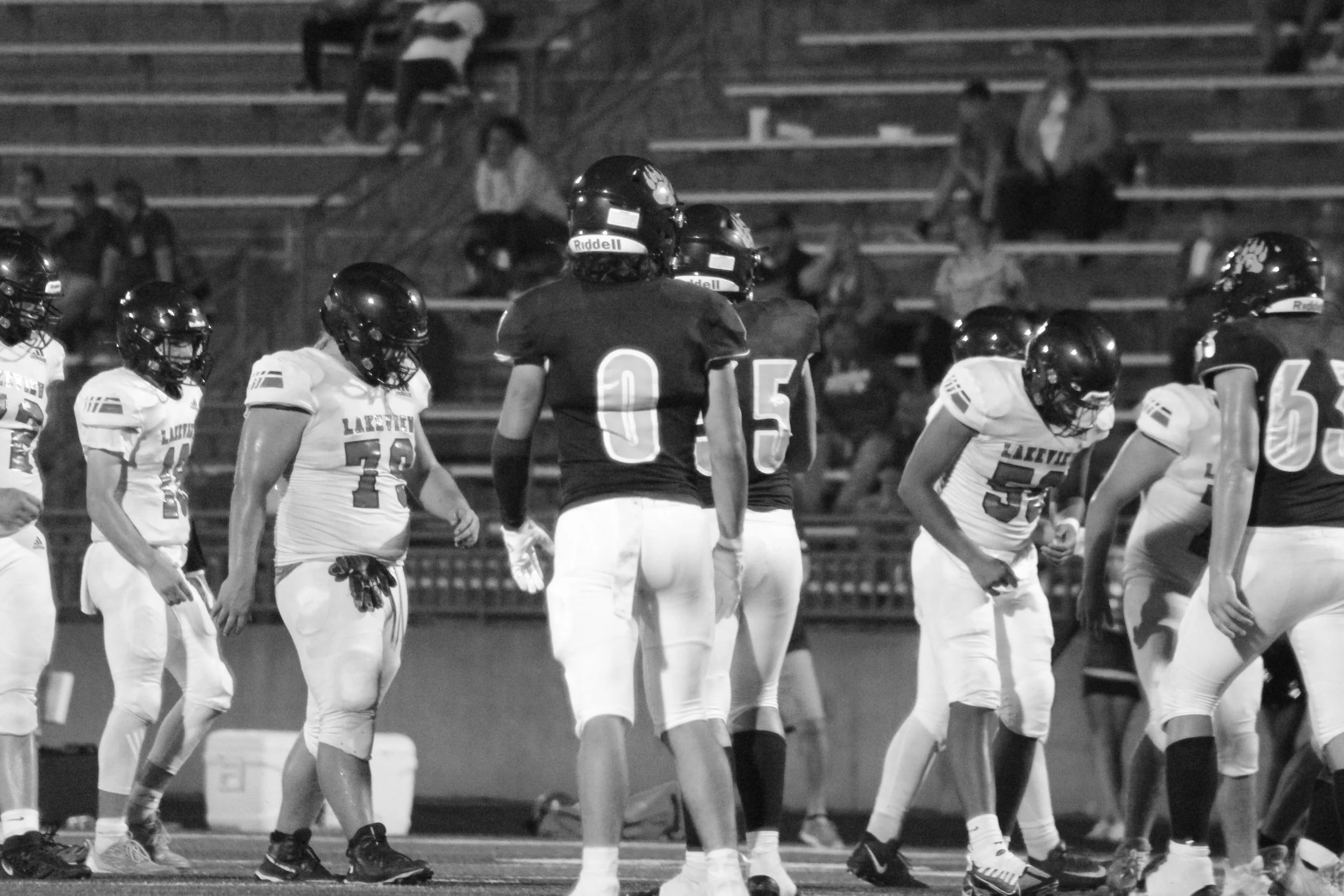The NFL Must be held accountable
Mike Webster was a Hall of Fame center for the Pittsburgh Steelers during the 1970s and 1980s, and was the anchor for the offensive line during their Super Bowl era. After he passed away in 2002, his body was autopsied by Dr. Bennet Omalu. During the examination, Dr. Omalu found a mass of scar tissue at the top of Webster's head, which could only be caused by repeated blows to the head. After further examination, he discovered the degenerative disease, CTE, Chronic Traumatic Encephalopathy: the first time it was discovered in a NFL player.
In Webster’s later years, he had constant mood swings, and according to his son, Colin, he couldn’t remember how to do simple tasks. Frustrated with himself, he went to the NFL–claiming football had caused his injuries. After fighting with Webster about his accusations, they agreed that football was the cause of his brain injuries and they reached a settlement. However, these concussion reports were covered up, and were only released years later by investigative journalists.
Even though the NFL had known about the dangers of head injuries for years, they didn’t create a concussion protocol until 2010. Before this protocol was instituted, many players had been diagnosed with a concussion, but were allowed to come back sooner than needed. According to the National Library of Medicine, during the 2002-2007 NFL seasons, 83.5 percent of concussed players returned to play in less than seven days. This is a very alarming statistic, as players during the 2012-2015 season were sidelined for an average of around 19 days after a concussion, according to a Henry Ford Health study.
You may think that after countless rule and protocol changes, head injuries would not be a problem anymore. Wrong. Earlier this fall, in Week four of the 2022-23 NFL season, the Miami Dolphins’ starting quarterback, Tua Tagovailoa, was sacked, and hit his head hard on the turf. Immediately, he rolled onto his back with his arms and hands locked up. Doing what looked like sign language with his fingers, he was stretchered off and taken to the University of Cincinnati medical center.
Earlier in the game, he suffered a blow to the head and stumbled into the huddle. He was taken off the field, and examined by team medical professional Dr. John Urbibe. Oddly, Dr. Urbibe cleared him to return to the game. Dr. Urbibe was later fired for his poor judgment, and an investigation was launched that led to a concussion protocol change. Additionally, Tua’s back-up, Teddy Bridgewater, suffered a concussion on his first play after Tua was stretchered off. The NFL, and football in general, has a serious concussion problem. The NFL has swept this under the rug for years, and it’s time for them to be held accountable.

